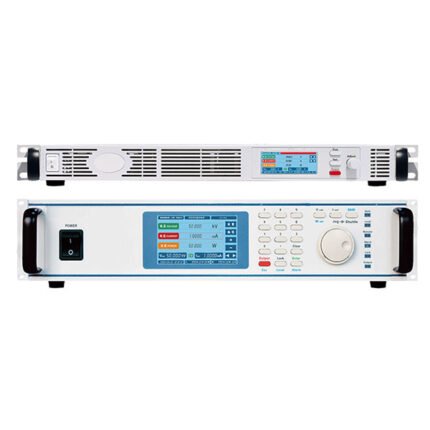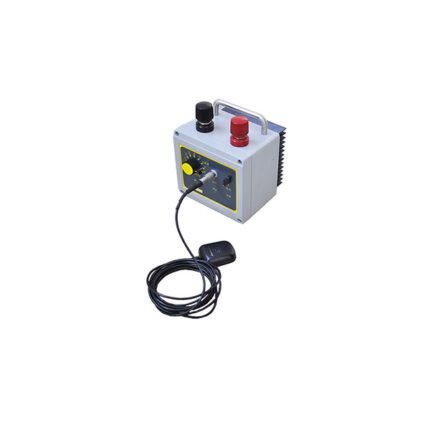Underground Pipeline Coating Inspector enables non-excavation detection of buried pipelines, accurately identifying position, depth, route, and coating defects including size and location. It effectively inspects pipelines under high-impedance surfaces like concrete and asphalt, overcoming limitations of foreign instruments.
Detection Principle & Method
Pipeline location and depth detection: The transmitter sends specific electromagnetic signals to the pipeline, detecting its magnetic field to determine position, direction, and depth.
Leak detection: The transmitter applies AC signals to the pipeline. Current leaks into the soil at coating damage points, forming a decaying electric field centered at the defect. The strongest signal directly above the damage enables precise localization.
Leak detection method: The “human body capacitance” method is used. Two operators act as capacitors in the alternating electric field. The instrument measures the potential difference between them, with the maximum signal indicating the damage center.
Features
-
Flat keyboard design enhances field reliability.
-
ABS housing ensures compact size, light weight, and easy operation.
-
Advanced digital filtering improves anti-interference capability.
-
“Human body capacitance” method enables easy detection on concrete/asphalt surfaces.
-
dB value display quantifies defect size without empirical judgment.
-
Gold-plated connectors enhance field durability.
-
Direct reading of pipeline depth and current simplifies operation.
-
Guidance function visually indicates pipeline route for faster detection.
-
Receiver offers 100x wider dynamic range than conventional instruments.
-
Multi-frequency transmitter adapts to diverse field conditions.
-
Multimeter function measures voltage, current, impedance, and power.
-
Built-in high-capacity lithium batteries reduce weight and ensure eco-friendly operation.
-
dB display enables direct defect size assessment.
-
Direct depth/current measurement with arrow-guided positioning.


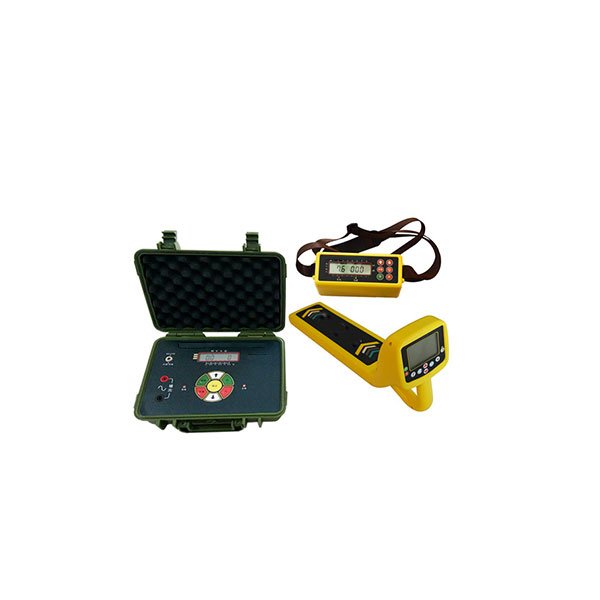

-430x430.jpg)
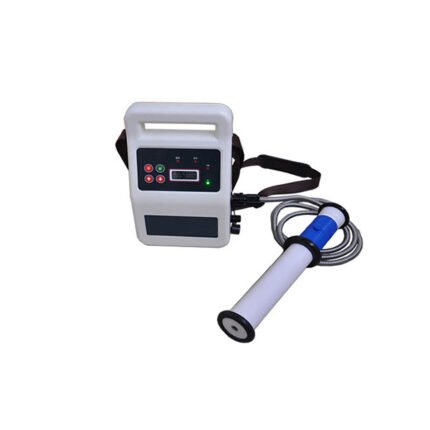
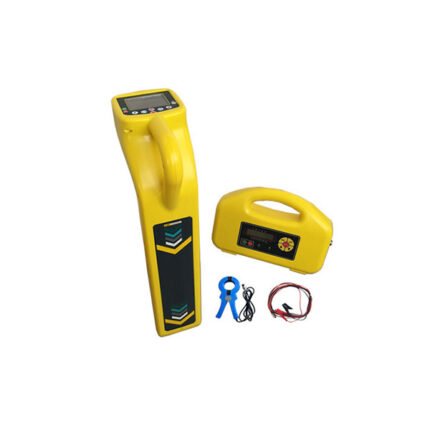


缆故障检测仪-430x430.jpg)



